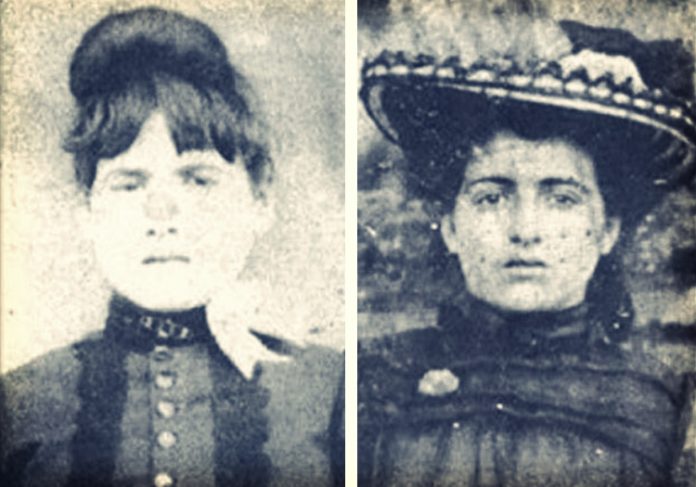by guest author Melanie Griffin
One West Virginia case made U.S. legal history by a witness with haunting testimony.
In 1897, Elva “Zona” Heaster died under mysterious circumstances. Her doctor first called it an “everlasting faint” (19th century speak for “something just stopped working, we don’t know what”), then changed his ruling to childbirth. He ignored the markings on Zona’s neck and didn’t investigate her head wounds further at the insistence of her new husband, Erasmus Shue.

Zona’s mother Mary Jane Heaster was suspicious of her son-in-law from the start, but she had no proof to take to court until, she said, Zona told her the truth herself—after the burial.
Mary Jane insisted to the county prosecutor that Zona visited her four consecutive nights after her death and gave her mother all the details about abuse she received from Erasmus. During her final visit, Mary Jane said her daughter gave a detailed account of how Erasmus killed her.
After learning that Erasmus had prevented a true post-mortem exam, the prosecutor ordered an autopsy, which brought up sufficient evidence to take the case to court.
Mary Jane told the court all about her nightly conversations with Zona, making history as the first time a ghost’s statement was allowed as evidence in a trial.
But don’t worry if you’ve made any ghosts mad—she was actually called as a defense witness to make her sound crazy and discredit her testimony. Erasmus was found guilty, based on evidence that was clearly tangible in this realm of existence.
Read news articles from the area and time with transcripts of the testimony, courtesy of the West Virginia Archives and History department.